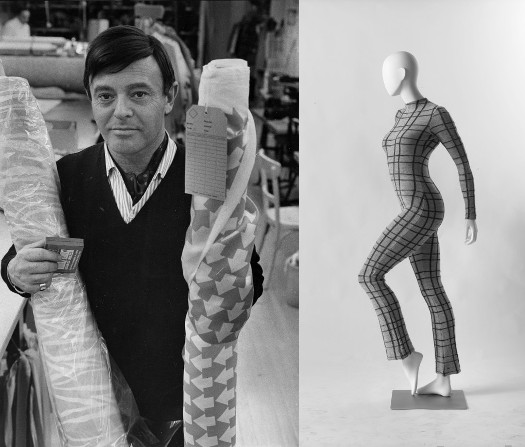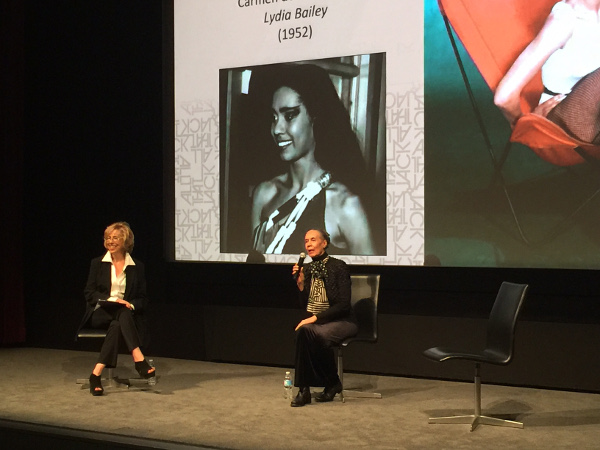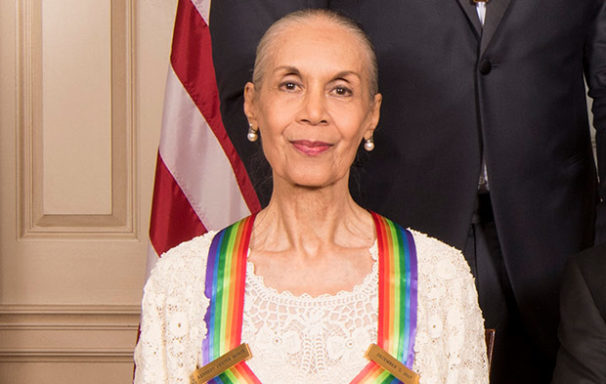artsmeme’s exclusive interview
with the peerless modern dancer

The establishment, in May 1948, of a 4,000 square-foot duel school-and- performance space on Melrose Avenue called Lester Horton Dance Theater was a watershed event in American modern dance. The Horton company had roots to the mid-’30s, but getting bricks and mortar marked its apex. Those were the days when mighty pedagogues wielding fearsome dance techniques begat rock-solid dancers on the West Coast … then, New York did not yet hold dance primacy. When no significant Los Angeles dance company emerged from this era, the city experienced the equivalent of a brain drain … it was a body drain!
Five prominent teachers come to mind as not having received the memo that Los Angeles is ‘laid back.’ They included Nijinska, Carmelita Maracci, Theodore Kosloff, Jack Cole, and Lester Horton. Each of these purveyors of exigent dance technique (Kosloff wielding a stick, Cole wielding his wicked words) spawned amazing dancer-offspring: respectively, Maria Tallchief, Cynthia Gregory, Nana Gollner, Gwen Verdon and Bella Lewitsky (note that these front runners are all women).

Another Horton great was Carmen de Lavallade. The Los Angeles-born dance diva, a Kennedy Center Awardee and holder of the National Arts Medal, had her early training and performance experience with Horton.
Please don’t forget the marvelous fact that fashion designer Rudi Gernreich, too, began his creative career as a Horton dancer. Gernreich’s groundbreaking fashion designs in the ’60s just scream ‘leotard.’ That he himself was a mover is clear in the photo below. That he made clothes in the newly emerging stretchy fabrics that enabled women to move is obvious in his iconic designs. Several of these garments are on display through September 1 at the Skirball Cultural Center’s “Fearless Fashion: Rudi Gernreich.”

De Lavallade recently chatted with artsmeme‘s Debra Levine to graciously share memory-nuggets of her dancing days with Gernreich. Says Carmen,
I loved Rudi. He was with Lester. And I felt … he was very kind to me. Carl Radcliffe, Bella [Lewitzky], Constance Stitch, Louisa Kreck, and Eric, a beautiful blonde, and Rudi: they were the ones who were there [at Horton’s] when I first went there.
Was he a good dancer? I thought so, a good dancer, a unique dancer, great with jumps. There wasn’t one person who looked like another — the Horton dancers were not cookie cutters.
Horton appreciated him. I remember having partner work with him.
I remember working with the company, there was a lot of improvisation. [Horton] would give us a word or something, make you invent, make you choreograph … explore movement. Everything was always [about] being creative. When [Alvin] Ailey was there, we had a class workshop where you would get paper and do paper sculptures and out of that sculpture you would create movement.
I loved what Rudi did in the choreography workshops. I loved watching him work, and how he worked on his dances. He was very unique. He was very, very contained and had a lot of humor. I remember he did a sketch. Someone was on the top like a king, and he was the servant, on the bottom. By the end of the piece he, the servant, was on the top.
He also did Gymnopedies by Satie; that was wonderful. He was pulling on a string, and a costume was opening. I do remember — because I know he came from Europe — that once, when we were making costumes, Rudi took me to this woman who was a seamstress. She had the numbers on her arm from the concentration camp. [story continues below photo…]

All That Jack (Cole), Museum of Modern Art Jan 2016
When I was in New York, I came back to L.A. and he took me out to lunch. I remember the lunch was just divine … what did we talk about?? I was young compared to him. But he wasn’t talking down to me. There was always humor, he made humor out of things.
I do have two of his bathing suits, the woolen bathing suits with buttons down the front, one was khaki the other was, red and pink and orange … I don’t know where they are … I think I have a tube dress, it doesn’t have his name in it, and I’m not sure where it is … those things fall apart.
After lunch, we went to his studio, he showed me one dress black with a gold metal collar—and I didn’t get it. I didn’t have the money to buy it. l am still kicking myself over that!

With appreciation for Naima Prevots’ writing on Lester Horton for the Dance Heritage Coalition.
